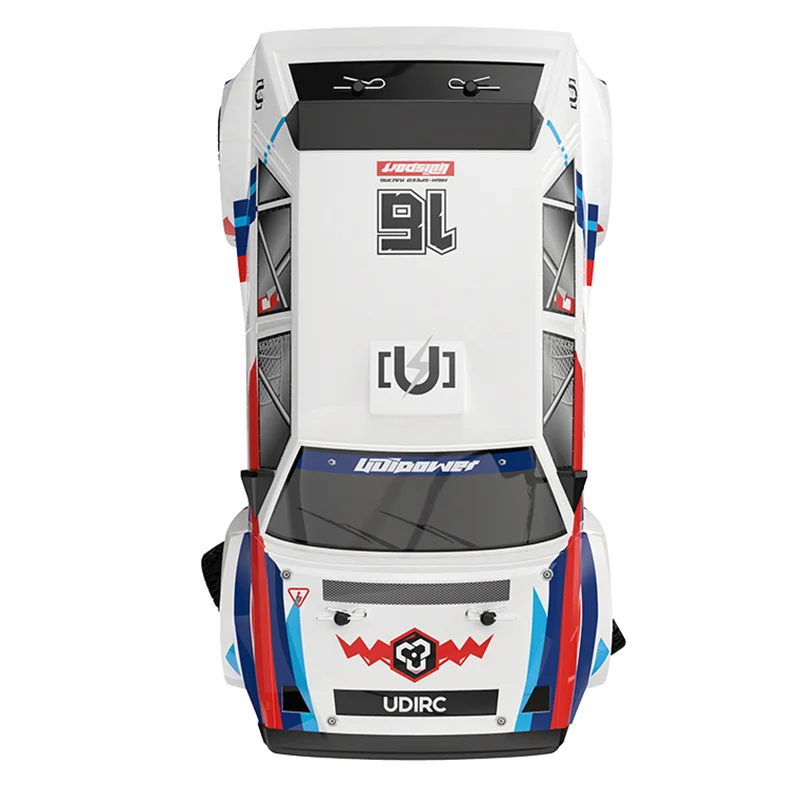
When it comes to RC drifting, the chassis of your drift car is a critical component that greatly impacts its performance and handling. The chassis is essentially the framework that holds all the components together and determines how the car behaves on the track. There are several different types of chassis available for RC drift cars, each offering distinct characteristics and advantages. In this article, we will explore and explain the various types of chassis to help you better understand their differences and make an informed decision when choosing the right one for your RC drift car.
- Belt-Driven Chassis
Belt-driven chassis are a popular choice among RC drift enthusiasts. They utilize a rubber belt to transfer the power from the motor to the wheels. Belt-driven chassis offer several advantages, including:
- Smooth power delivery: The rubber belt ensures a smooth and consistent power transfer, resulting in predictable acceleration and deceleration.
- Improved traction: The belt-driven system allows for better traction, which is crucial for maintaining control during drifts.
- Reduced noise and vibration: The belt absorbs and dampens vibrations, resulting in a quieter and smoother driving experience.
Some considerations when using a belt-driven chassis include the potential for belt slippage under high-torque conditions and the need for periodic maintenance to ensure the belt’s tension and condition.
- Shaft-Driven Chassis
Shaft-driven chassis are another popular option for RC drift cars. Instead of a belt, these chassis use a solid driveshaft to transfer power from the motor to the wheels. Shaft-driven chassis offer the following advantages:
- Direct power transfer: The solid driveshaft ensures a direct transfer of power, resulting in instant acceleration and responsiveness.
- Durability: Shaft-driven chassis are known to be more resilient and durable, making them suitable for rougher terrains and aggressive driving styles.
- Less maintenance: Unlike belt-driven chassis, shaft-driven models require less maintenance since there is no belt to tension or replace.
However, shaft-driven chassis may produce more noise and vibrations compared to their belt-driven counterparts. Additionally, they may not offer the same level of traction as belt-driven models.
- Direct-Drive Chassis
Direct-drive chassis, also known as pan chassis, are a less common but highly specialized type of chassis used in RC drifting. These chassis eliminate the need for a traditional drivetrain altogether by directly connecting the motor to the rear wheels. Direct-drive chassis offer the following advantages:
- Lightweight: Direct-drive chassis are typically lighter than belt-driven or shaft-driven chassis, allowing for increased maneuverability and quicker response.
- Simplified design: With fewer components involved, direct-drive chassis offer a simple and efficient design, resulting in less maintenance and potential for failure.
- Precise control: The direct connection between the motor and wheels provides precise control and responsiveness, making it ideal for professional and competitive drifters.
However, direct-drive chassis may require advanced driving skills to handle effectively. They are also less forgiving and may require more adjustments to maintain balance and stability during drifts.
- Multi-Belt Chassis
Multi-belt chassis, also known as countersteer (CS) chassis, are modified versions of belt-driven chassis designed specifically for drifting. These chassis use multiple belts to distribute power to the front and rear wheels at different speeds, allowing for easier initiation and control of drift angles. CS chassis offer the following advantages:
- Increased steering angle: The differential belt speeds enable the front wheels to rotate at a faster rate than the rear wheels, allowing for more extreme steering angles and sharper drifts.
- Smooth transitions: The ability to control the power delivery to the front and rear wheels independently results in smoother transitions between drift maneuvers.
- Customization: CS chassis offer a high degree of adjustability, allowing drivers to fine-tune the power distribution and optimize their drift setup based on their preferences.
However, CS chassis require a higher level of skill and experience to handle effectively. They may also be more prone to belt slippage and require regular maintenance to ensure peak performance.
When choosing a chassis for your RC drift car, consider your skill level, driving style, and preferences. Each type of chassis offers its own unique benefits and considerations, so it’s important to evaluate them based on your specific needs. Ultimately, experimenting with different chassis types can help you find the perfect setup that enhances your drifting experience and maximizes your enjoyment on the track.